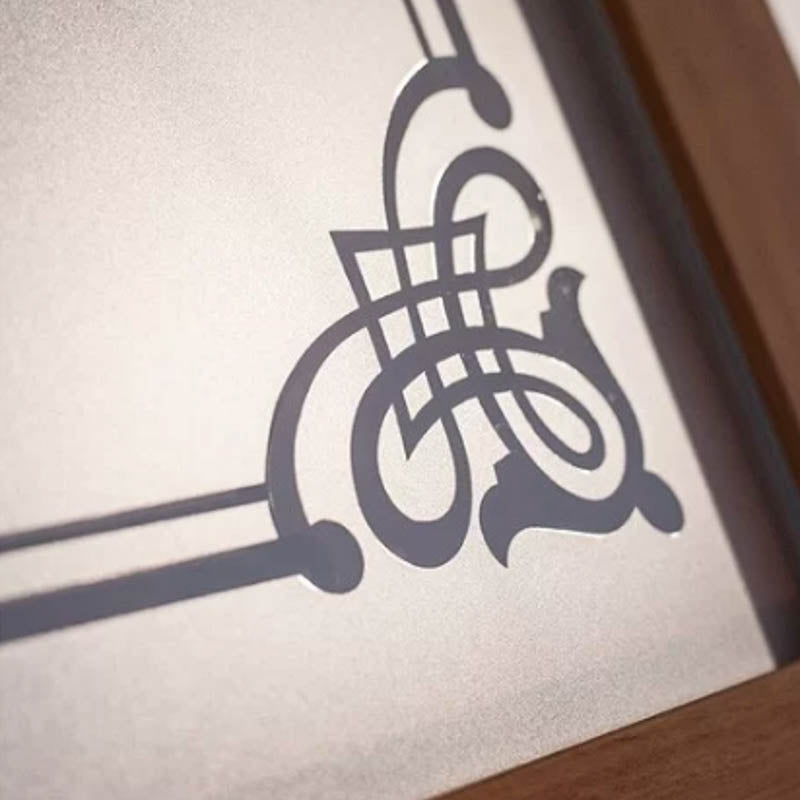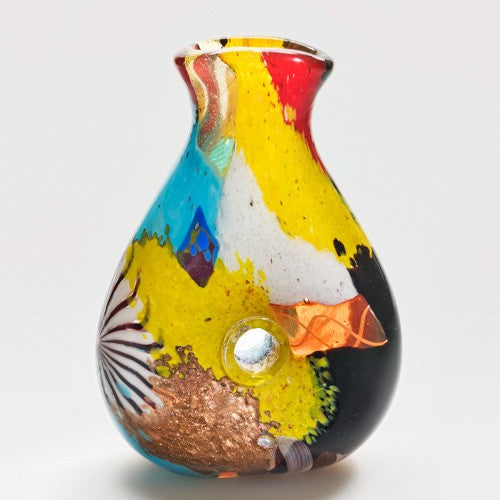This process aims to achieve identical outcomes as the acid process, but without the adverse effects associated with the latter due to the utilization of harmful substances.
Sand or alumina powder is applied to the surface of glassware using a compressed air device. The impact of these particles on the glass surface generates microfractures that impart opacity. The degree of sanding can be controlled by adjusting the air pressure and particle size accordingly.
While primarily employed on flat sheets of glass, this technique has also found utility in producing prearranged designs by selectively masking certain areas.
In the late 1930s, an exceptional level of artistry was attained, exemplified by the production of exceedingly rare vases at the S.A.L.I.R. glass factory. The skilled glassmasters at this factory were able to intricately penetrate the glass surface, crafting refined decorations that exhibited a metallic-like effect.
Related Posts:
Artistic Glass Production: Tools and Techniques
Glossary
Credits:
VETRERIA ARTIGIANA MARTUZZI 2



Leave a comment
All comments are moderated before being published.
This site is protected by hCaptcha and the hCaptcha Privacy Policy and Terms of Service apply.